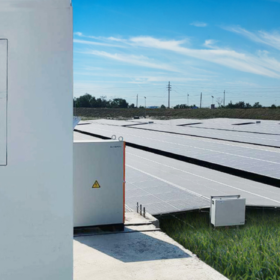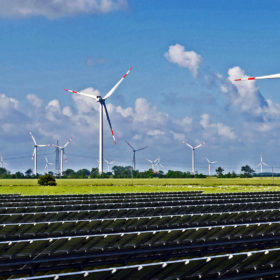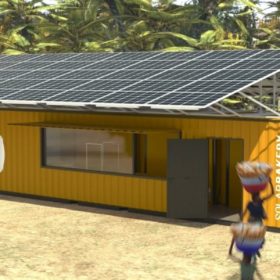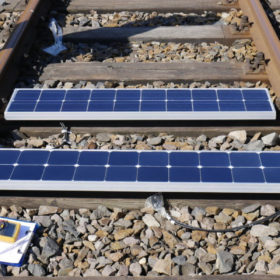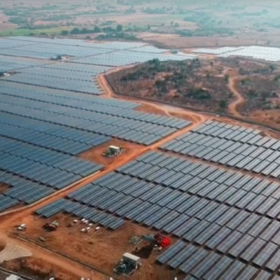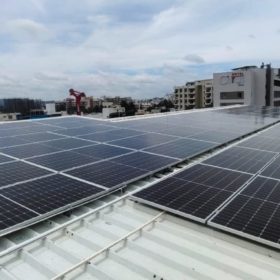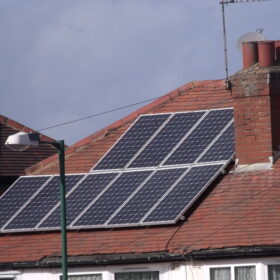2021: A year of ascent for solar PV
The solar sector in India bounced back to make 2021 the best year in new PV capacity addition. The year also witnessed a massive response to PLI tender for solar manufacturing and launch of 50 GWh battery cell tender and green hydrogen mission.
Growatt nearing 1 GW of solar inverter shipments in India this year
The Chinese inverter maker has expanded its offerings in India beyond commercial and residential solar sector by launching 250 and 253 kW inverters for the utility segment. It also plans to bring its offgrid solutions to the Indian market in 2022.
Sungrow to supply inverters to ‘largest solar project in Bangladesh’
The Chinese inverter maker has signed a contract with India-based Rays Power Infra to supply 1,500V, 3.125 MW central inverters to the 280 MW solar project, set to be installed in the Rangpur district of Bangladesh.
Green Energy push for future sustainability in India
The core objective of renewable energy deployment in India is to promote economic growth, enhance energy security, increase energy access, and reduce climate change. Sustainable development is possible by the use of clean energy and by ensuring access to affordable and reliable energy for every citizen.
Solar bakery as a containerized solution
The 52 kW containerized solution is being developed by German start-up Solarbakery. The bakery’s production process was adapted in such a way that the majority of electricity consumption is already incurred during the day and is only baked briefly in the dark before dawn.
Solar for railways
Germany’s TÜV Rheinland is investigating how photovoltaics could be used for powering railway traction networks in a 14-month research project.
ReNew Power hits 7.4 GW of operating renewable energy capacity
The developer installed a record 1.5 GW of renewable energy capacity within the current fiscal year alone. This includes more than 1.3 GW of utility-scale solar projects and over 150 MW of wind.
Power banking restrictions will curb open-access solar
A new report analyzes the current status of banking provisions across solar and wind energy rich states in India, along with the implications of these restrictive provisions upon the renewables sector.
Enphase Energy powers IndiQube workspace
IndiQube, a flexible workspace provider in India, has got a 103 kWp rooftop installation at one of its properties. The plant is powered by Renewsys modules and Enphase IQ7 microinverters.
Vedanta acquires nickel and cobalt producer Nicomet
The Mumbai-headquartered natural resources company has acquired Goa-based Nicomet, a producer of cobalt, nickel, and their derivates in India, as it looks to capitalize on the electric vehicles and energy storage boom.


